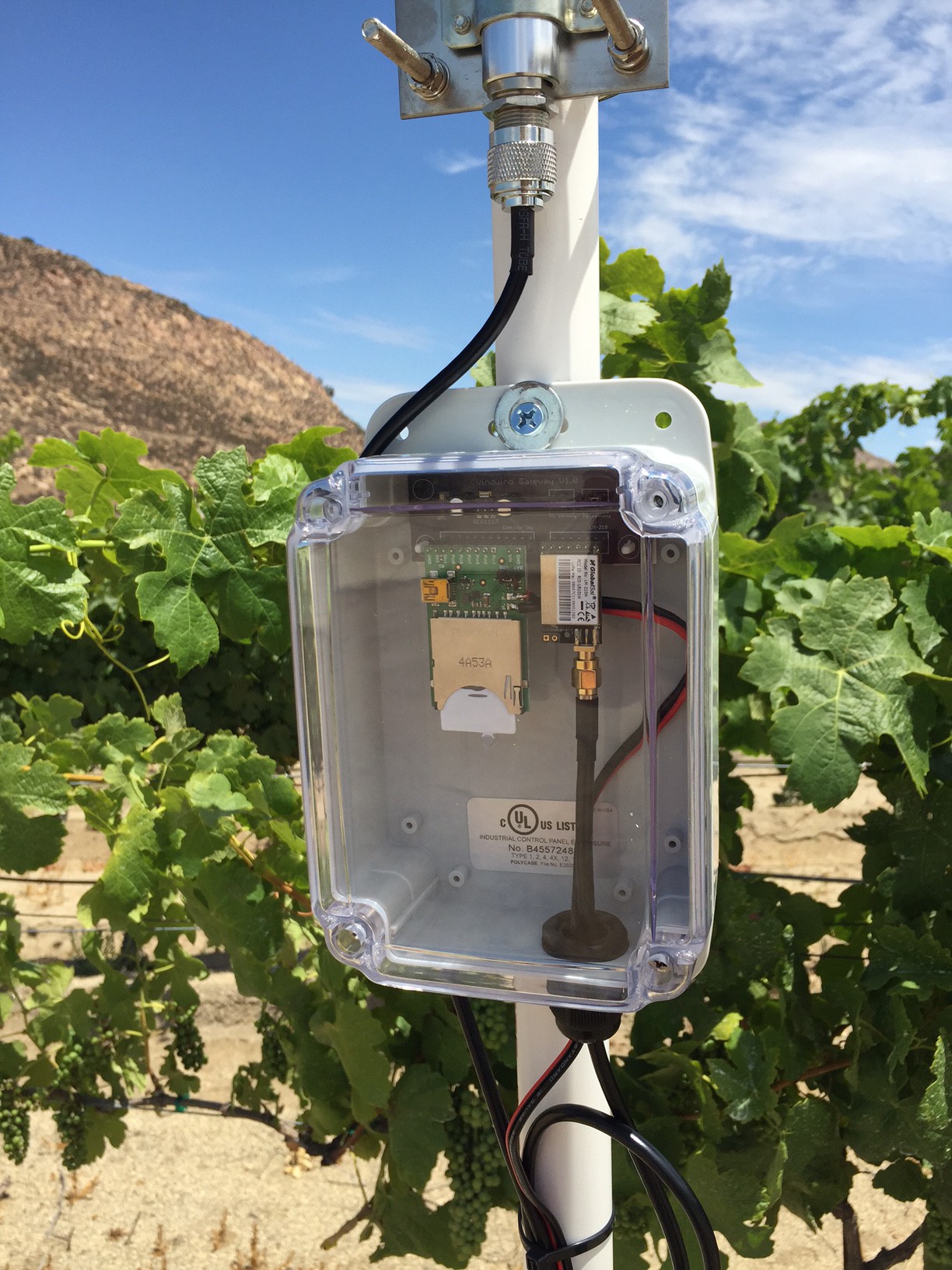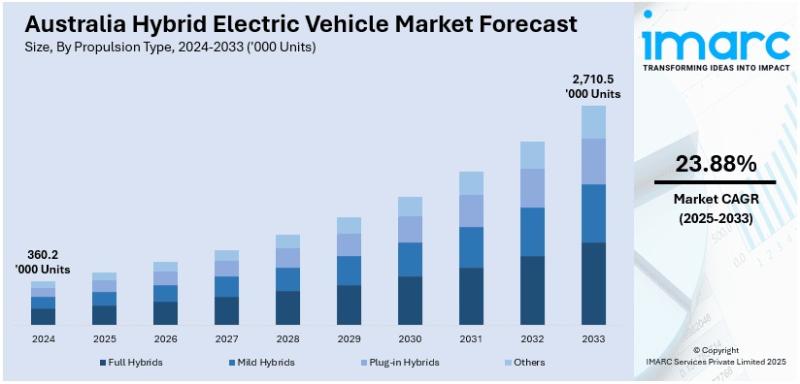RPU Preparing For Multiyear Project to Replace All Electric and Water Meters – KROC-AM

Rochester Public Utilities Advanced Metering Infrastructure Project Report
Project Overview and Objectives
Rochester Public Utilities (RPU) has announced a significant, multi-year initiative to upgrade its utility infrastructure. The project involves the replacement of all existing electric and water meters for residential and commercial customers with new advanced metering technology. This strategic upgrade is designed to modernize the utility grid and water distribution system, aligning with long-term sustainability and efficiency goals.
The primary objectives of the Advanced Metering Infrastructure (AMI) project include:
- Enabling remote meter reading through a secure, two-way communication network.
- Improving service reliability with faster detection of power outages.
- Enhancing operational efficiency through early identification of service quality and distribution issues.
- Empowering customers with detailed usage data to promote conscious consumption and management of resources.
Alignment with Sustainable Development Goals (SDGs)
This infrastructure project directly supports several United Nations Sustainable Development Goals (SDGs), contributing to a more sustainable and resilient community.
- SDG 6: Clean Water and Sanitation: The new water meters facilitate superior management of water resources. By providing detailed usage data and enabling early detection of system anomalies, the technology helps identify potential leaks, thereby conserving water and ensuring the sustainable management of this vital resource.
- SDG 7: Affordable and Clean Energy: The advanced electric meters are a foundational component of a modern, smart grid. They improve the efficiency and reliability of the energy supply, contributing to affordable and clean energy. By giving consumers access to their usage patterns, the system encourages energy conservation.
- SDG 9: Industry, Innovation, and Infrastructure: The project represents a critical upgrade to essential public infrastructure. By deploying advanced metering technology, RPU is building a resilient, innovative, and sustainable utility system prepared for future challenges.
- SDG 11: Sustainable Cities and Communities: Modernizing water and energy infrastructure is fundamental to creating sustainable cities. This initiative enhances the efficiency and resilience of essential services in Rochester, making the community more sustainable and inclusive.
- SDG 12: Responsible Consumption and Production: The project promotes responsible consumption patterns by providing customers with the information necessary to monitor and reduce their electricity and water use. This data-driven approach fosters greater awareness and encourages resource efficiency.
Installation Process and Details
The meter replacement will be conducted for both electric and water services, with distinct installation procedures for each.
- Electric Meter Replacement
- Location: Exterior of the home or business.
- Duration: Approximately 15 minutes per installation.
- Appointment: Not required for most customers.
- Service Interruption: A brief disconnection of electrical service may be necessary in some cases.
- Water Meter Replacement
- Location: Interior of the home or business.
- Duration: Approximately 30 to 60 minutes per installation.
- Appointment: Required due to interior access needs.
- Service Interruption: A temporary shutoff of water service will occur during the replacement.
Project Timeline and Logistics
- Project Duration: The city-wide replacement is scheduled to begin in 2025 and is expected to take approximately three years to complete.
- Contractor: The installation work will be performed by WESCO, a designated contractor for RPU.
- Technician Identification: All contractor employees will be required to carry official identification and wear uniforms or badges for security and verification purposes.
Relevant Sustainable Development Goals (SDGs)
-
SDG 6: Clean Water and Sanitation
The article discusses a project to replace all water meters in the Rochester Public Utilities (RPU) system. This directly relates to the management and distribution of clean water, a core component of SDG 6.
-
SDG 7: Affordable and Clean Energy
The initiative includes replacing all electric meters. By improving the electricity grid’s infrastructure for better monitoring and reliability (“quicker detection of power outages”), the project aligns with the goal of ensuring access to reliable and modern energy.
-
SDG 9: Industry, Innovation, and Infrastructure
The project is a “major, multiyear project” to upgrade essential public infrastructure. The introduction of “advanced meters” and a “secure two-way network” represents an investment in resilient, modern, and innovative infrastructure as promoted by SDG 9.
-
SDG 11: Sustainable Cities and Communities
This initiative is a municipal-level effort to improve basic services (water and electricity) for all “homes and businesses” in Rochester. By enhancing service reliability and efficiency, it contributes to making the city’s infrastructure more sustainable and resilient.
-
SDG 12: Responsible Consumption and Production
A key feature of the new meters is the ability to “eventually give customers access to detailed usage data.” This empowers consumers to monitor their water and electricity consumption, fostering awareness and encouraging more efficient use of resources, which is central to SDG 12.
Specific Targets Identified
-
Target 6.4: By 2030, substantially increase water-use efficiency across all sectors.
The project supports this target by planning to provide customers with “detailed usage data” for water. This information enables households and businesses to understand and manage their consumption, leading to increased water-use efficiency.
-
Target 7.1: By 2030, ensure universal access to affordable, reliable and modern energy services.
The upgrade aims to improve the reliability of the electrical supply through “quicker detection of power outages” and “early identification of service quality issues,” which directly contributes to providing a more reliable and modern energy service for all customers in the RPU system.
-
Target 7.3: By 2030, double the global rate of improvement in energy efficiency.
By giving customers access to detailed electricity usage data, the project provides the tools necessary for them to make informed decisions to reduce their energy consumption and improve energy efficiency at the end-user level.
-
Target 9.1: Develop quality, reliable, sustainable and resilient infrastructure.
The entire project is a direct implementation of this target. RPU is replacing old meters with “new advanced meters” and building a “secure two-way network,” which constitutes a significant upgrade to create a more reliable and resilient infrastructure for water and electricity distribution.
-
Target 12.2: By 2030, achieve the sustainable management and efficient use of natural resources.
The new metering system facilitates the efficient use of natural resources (water and energy) by enabling both the utility and the consumer to monitor consumption patterns accurately, which is the first step toward sustainable management.
Implied Indicators for Measuring Progress
-
Number of advanced meters installed
The article states that the project’s goal is to “replace all of the electric and water meters in its system.” The number and percentage of meters replaced over the project’s three-year timeline would be a direct indicator of progress in upgrading the infrastructure (Target 9.1).
-
Customer access to usage data
The article mentions that the new system will “eventually give customers access to detailed usage data.” An indicator of progress would be the percentage of customers who have been provided with this access, measuring the rollout of tools for responsible consumption (Targets 6.4, 7.3, 12.2).
-
Service reliability metrics
The project aims for “quicker detection of power outages” and “early identification of service quality issues.” This implies that progress can be measured by indicators such as a reduction in the average duration and frequency of power outages, reflecting improved reliability of the energy infrastructure (Target 7.1).
Summary of SDGs, Targets, and Indicators
| SDGs | Targets | Indicators |
|---|---|---|
| SDG 6: Clean Water and Sanitation | 6.4: Substantially increase water-use efficiency. | Percentage of customers with access to detailed water usage data. |
| SDG 7: Affordable and Clean Energy | 7.1: Ensure access to reliable and modern energy services. | Reduction in the frequency and duration of power outages. |
| SDG 7: Affordable and Clean Energy | 7.3: Double the rate of improvement in energy efficiency. | Percentage of customers with access to detailed electricity usage data. |
| SDG 9: Industry, Innovation, and Infrastructure | 9.1: Develop quality, reliable, sustainable and resilient infrastructure. | Number/percentage of advanced electric and water meters installed. |
| SDG 12: Responsible Consumption and Production | 12.2: Achieve the sustainable management and efficient use of natural resources. | Availability of detailed consumption data for customers to manage resource use. |
Source: kroc.com

What is Your Reaction?
 Like
0
Like
0
 Dislike
0
Dislike
0
 Love
0
Love
0
 Funny
0
Funny
0
 Angry
0
Angry
0
 Sad
0
Sad
0
 Wow
0
Wow
0









































































